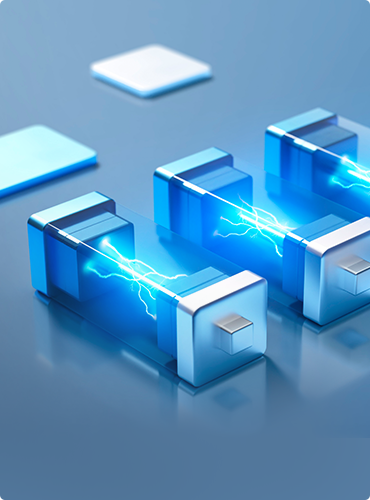Design Strategies for Practical Zinc-Air Batteries toward Electric Vehicles and Beyond
Design Strategies for Practical Zinc-Air Batteries toward Electric Vehicles and Beyond
Advanced Energy Materials, Early View
Sambhaji S. Shinde, Sung-Hae Kim, Nayantara K. Wagh, Jung-Ho Lee
https://doi.org/10.1002/aenm.202405326
Zinc-air batteries (ZABs) offer promising forthcoming large-scale high-density storage systems and the cost-effectiveness of electrode materials, specifically in solid-state and liquid electrolytes. However, the uncontrolled diffusion and utilization of irreversible zinc components and cell design principles limit practical applications with severe capacity fade and interfacial reactions. In this perspective article, the aim is to shed lights on the underlying mechanisms of solid electrolytes and interfaces alongside the current status and prospective research insights. Formulations of ampere-hour (Ah)-scale cylindrical/pouch cells are discussed for 100–500 Wh kg−1 cell-level energy metrics under realistic operations. The electrode/electrolyte interface dynamics, scale-up readiness, testing protocols, and key performance metrics are also suggested for transforming lab-scale research into practical production.








































